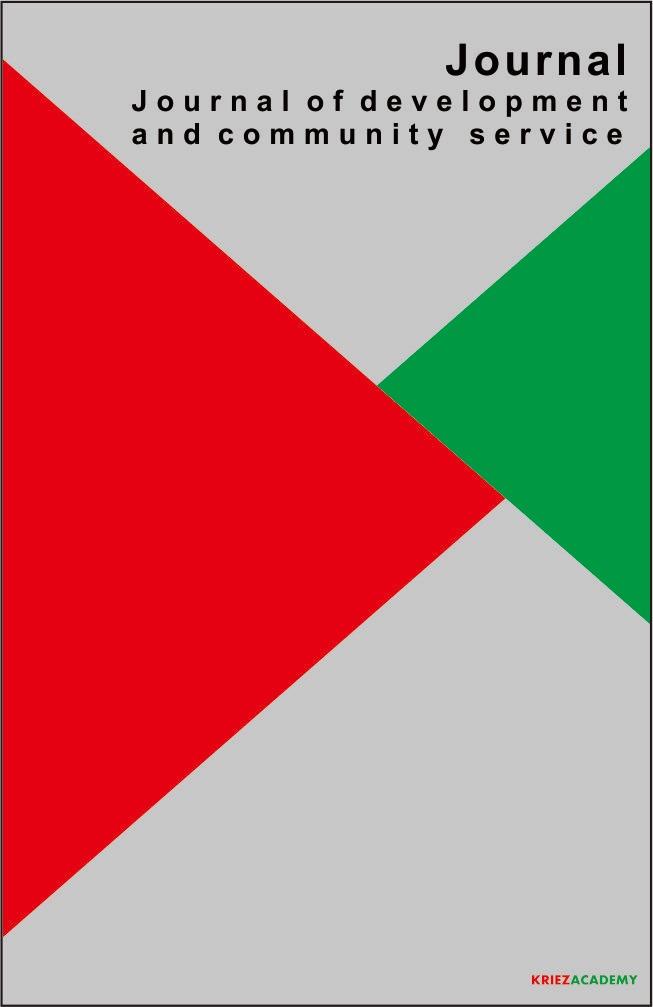EXPLORING THE IMPACT OF PERFORMANCE MANAGEMENT SYSTEMS ON EMPLOYEE PRODUCTIVITY AND JOB SATISFACTION
Keywords:
Performance Management System, Employee Productivity, Job Satisfaction, Goal Setting, Feedback MechanismsAbstract
Background : In contemporary organizations, the performance management system (PMS) plays a crucial role in aligning individual goals with organizational objectives. As competition intensifies and the workplace environment continues to evolve, PMS has emerged as a key strategy for enhancing employee productivity and satisfaction. The effectiveness of PMS, however, is often debated. While some argue that PMS increases organizational efficiency, others suggest that improperly designed systems can lead to employee dissatisfaction and decreased motivation. Given this, it is essential to explore the relationship between PMS and employee outcomes to understand how it contributes to overall organizational success.
Aims : The aim of this study is to explore the impact of performance management systems on employee productivity and job satisfaction. This research seeks to identify how key components of PMS, such as goal-setting, feedback, performance appraisals, and rewards, influence these outcomes. By understanding the relationship between PMS and employee performance, the study aims to provide insights that will help organizations optimize their management practices to foster a more motivated, productive, and satisfied workforce.
Research Method : This research employs a mixed-methods approach, combining both quantitative and qualitative data collection techniques. The use of both methods ensures a comprehensive understanding of the research problem by gathering numerical data for generalizability and qualitative data for deeper insights.
Results and Conclusion : The results show a clear relationship between well-structured PMS and increased employee productivity and job satisfaction. Goal setting, feedback mechanisms, and performance appraisals emerged as the most significant contributors to higher productivity and greater job satisfaction. Employees who had clear, measurable goals reported better focus and higher output, while those who received regular, constructive feedback showed higher levels of engagement and satisfaction. Moreover, employees who perceived performance appraisals as fair and transparent were more motivated and felt more valued in their roles.
Contribution : This study contributes to the existing literature on PMS by providing empirical evidence of the relationship between PMS components and employee outcomes in various industries. It also offers practical recommendations for organizations looking to optimize their PMS to foster a more motivated and productive workforce. Furthermore, the research highlights the importance of fairness, transparency, and employee development in the design of PMS, offering insights that can inform HR practices globally.
Downloads
References
Aripin, Z. (2025). Determinants of customer loyalty in the banking sector: A literature study. Journal of Information Systems Engineering and Management, Vol. 10 No. 56s. jisem-journal.com+1
Ahmed, S., & Khan, A. (2025). Understanding the between innovation ecosystems and competitive advantage. Innovation Ecosystems Journal.
Ahmed, T., & Zafar, S. (2025). Cross-functional collaboration in driving innovation success. Collaboration and Innovation Journal.
Chan, W., & Wong, K. (2025). Sustainable innovation management: Practices for long-term competitiveness. Sustainability and Innovation Journal.
Gupta, A., & Singh, T. (2024). Adapting to competitive pressures through innovation management: A case study approach. Competitive Pressures Journal.
Han, J., & Park, S. (2024). AI and machine learning in innovation management: Emerging practices. AI in Innovation Journal.
Kumar, A., & Singh, V. (2025). Digital innovation and agility in competitive industries: A case-based analysis. International Journal of Innovation and Competitiveness.
Liu, H., & Wang, J. (2025). The role of leadership in driving innovative practices within organizations. Journal of Leadership and Innovation.
Lopez, R., & Garcia, M. (2025). From ideation to commercialization: A roadmap for innovation-driven growth. Journal of Commercialization Strategies.
Malik, R., & Kapoor, V. (2025). Human capital and innovation management: A dual perspective on growth. Human Capital and Innovation Journal.
Mehta, P., & Patel, R. (2024). Strategic partnerships in fostering open innovation models. Strategic Partnerships Journal.
Patel, R., & Singh, P. (2024). Open innovation as a pathway to success: Trends and practices in competitive markets. Open Innovation Journal.
Singh, D., & Kapoor, A. (2024). Leveraging innovation management in SMEs: Strategies for sustainable growth. Small Business Innovation Review.
Taylor, H., & Morgan, L. (2025). The role of agile methodologies in fostering rapid innovation. Agile Innovation Journal.
Taylor, J., & Morgan, L. (2024). Managing organizational success through technology-driven innovation. Journal of Technology and Management Studies.
Yoon, C., & Choi, H. (2025). The impact of technological innovation on market performance: A meta-analysis. Technological Innovation Journal.
Zhang, J., & Liu, H. (2025). Exploring dynamic capabilities in driving innovation management success. Dynamic Capabilities Journal.
Zhang, L., & Zhao, M. (2025). The interplay of innovation management and cultural adaptability in multinational corporations. Journal of Multinational Management.
Zhang, T., & Liu, L. (2024). Creating value through innovation: The role of consumer engagement. Consumer Engagement and Innovation.
Zhao, W., & Lin, X. (2025). Balancing innovation and risk in dynamic industries. Risk and Innovation Management.
Zhao, X., & Zhang, J. (2025). Exploring co-creation and its effect on organizational innovation. Journal of Co-Creation and Innovation.

Downloads
Published
Issue
Section
License
Copyright (c) 2025 Nurlaela Kumala Dewi (Author)

This work is licensed under a Creative Commons Attribution-ShareAlike 4.0 International License.












